Mazda
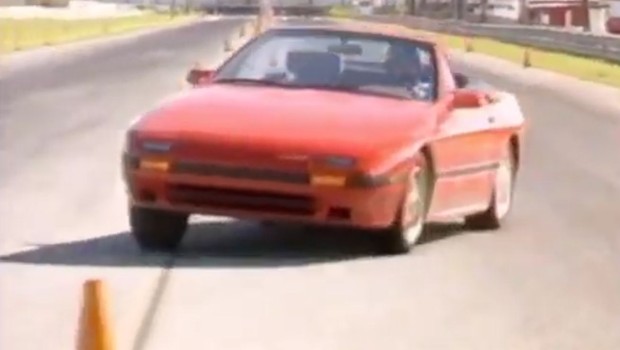
Published on September 14th, 2020 |
by BajaBusta
1988 Mazda RX-7 Convertible Test Drive
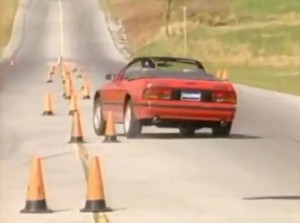
Yes, Mazda was doing its share in the revival of the true sports car. The market for convertibles almost tripled in the previous 5 years in the U.S, which made a convertible RX-7 a particularly tempting project.
In making the RX-7 into a convertible, those fussy Mazda folks wanted more than an RX-7 without a top. One of the biggest drawbacks of convertibles is air turbulence. So, a goal was to offer top-down motoring joys, especially at highway speeds, without the occupants feeling like the cast of Twister.
Enter the Windblocker, a simple device consisting of a small panel located behind eht rear seats. In its upright position, it’s designed to deflect that reverse air flow.
Everybody knows, one of the problems with convertibles is the loss of structural rigidity. Mazda tried to compensate by using a combination of thicker steel around areas such as the rocker panels, A-pillars and the drivetrain tunnel. In addition, cross members were installed behind the engine, rear seats and between the rear struts..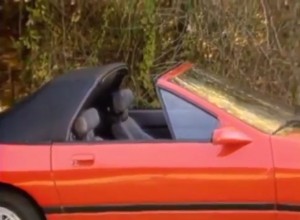
The result was a convertible with about 70% of the torsional rigidity of the hardop. To try to keep the weight down, the convertible had an aluminium hood, just like the RX-7 Turbo. Nevertheless, the car weighed about 240 lb’s more than a similarly equipped GXL coupe.
The RX-7 Convertible was a thoroughly delightful package, from the Windblocker eye-of-the-storm feature to Mazda’s twist on torsional rigidity. If you survived your mid-life crisis, you deserve one of these for your past suffering. Or if your mid-life crisis is still waiting in ambush, consider the RX-7 convertible as easy-to-swallow preventative medicine!

1985 Mazda RX-7 Test Drive
1989 Mazda RX-7 GTUs Test Drive
1980 Mazda RX-7 Test Drive
1983 Mazda RX-7 GSL SE vs Porsche 944 Comparison Test
1988 Mazda RX-7 Convertible Test Drive
Tags: 1988, 1988 Mazda RX-7 Conver, consumer reports, how reliable are, how reliable is, jd power, Mazda, Mazda RX-7, Mazda RX7, Motorweek, Review, road test, Roadtest, RX-7, RX-7 Convertible, RX7, specifications, specs, stats, test drive, Testdrive





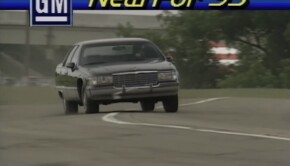
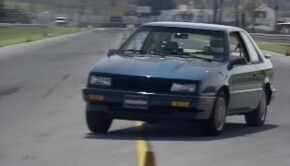
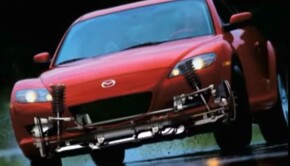






Pingback: » 1991: Scoop! All-new Lightweight RX-7